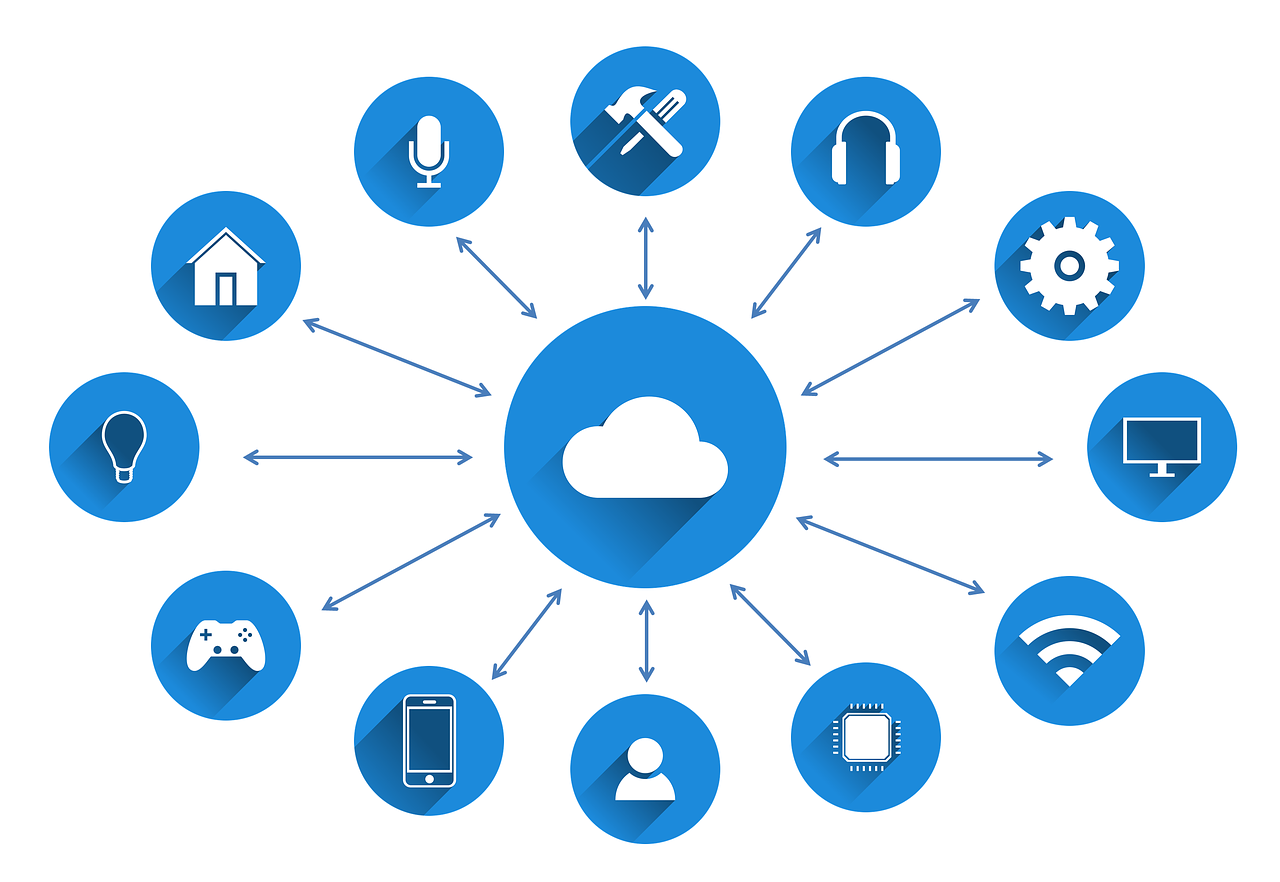Here, I will talk about how Zero Trust Architecture enhances network security.
In today’s digital landscape, where cyber threats are becoming increasingly sophisticated, traditional security measures are no longer sufficient to safeguard sensitive information. Enter Zero Trust Architecture, a revolutionary approach that is reshaping the way we think about network security.
In this article, we’ll delve deep into the concept of Zero Trust Architecture, exploring its principles, benefits, and implementation strategies to fortify your network against modern cyber threats.
Table of Contents
Introduction to Zero Trust Architecture
Gone are the days when the traditional perimeter-based security model was sufficient to protect networks from breaches.
Zero Trust Architecture challenges the assumption that entities within a network can be trusted by default, regardless of their location.
This approach adopts a “never trust, always verify” mindset, requiring strict verification and continuous monitoring of all network components, whether inside or outside the organization’s perimeter.
The Core Principles of Zero Trust
Zero Trust Architecture is built upon several core principles that collectively enhance network security:
- Least Privilege Access: Users and devices are granted only the minimum access required to perform their tasks.
- Micro-segmentation: Network resources are divided into smaller segments, limiting lateral movement for potential attackers.
- Explicit Verification: Every user and device must authenticate and verify their identity before accessing resources.
- Continuous Monitoring: Network traffic and user behavior are monitored in real-time to detect and respond to anomalies promptly.
See Also: What Is the Zero Trust Security Model?
Benefits of Implementing Zero Trust Architecture
The adoption of Zero Trust Architecture brings forth a range of benefits:
- Reduced Attack Surface: Micro-segmentation limits the pathways attackers can take within the network, minimizing the potential impact of a breach.
- Improved Incident Response: Continuous monitoring allows for swift identification of unusual activities and immediate action to mitigate threats.
- Enhanced Compliance: Zero Trust’s strict access controls aid organizations in meeting regulatory compliance requirements.
- Protection for Remote Work: As the workforce becomes more decentralized, Zero Trust ensures secure access regardless of location.
Key Components of Zero Trust Architecture
Micro-segmentation
Micro-segmentation involves dividing the network into isolated segments, each with its own security policies. This prevents lateral movement of threats and contains any potential breaches within a confined area.
Identity and Access Management (IAM)
IAM plays a pivotal role in Zero Trust. Users and devices are granted access based on their roles and verified identities, reducing the risk of unauthorized access.
Continuous Monitoring
Continuous monitoring involves real-time analysis of network traffic and user behavior. Any deviations from established patterns trigger alerts, enabling swift responses to potential threats.
Steps to Implement Zero Trust Architecture
1. Identify and Classify Assets
Begin by identifying and categorizing assets based on their criticality. This helps prioritize security measures and determine where micro-segmentation is most needed.
2. Create Security Policies
Develop stringent security policies that define user access, device authorization, and data handling. These policies should align with the principle of least privilege.
3. Micro-segmentation Implementation
Utilize network segmentation tools to implement micro-segmentation. Each segment should have a specific purpose and limited access, reducing the potential attack surface.
4. Implement Strict Access Controls
Enforce multi-factor authentication (MFA) and role-based access controls (RBAC) to ensure only authorized users can access sensitive resources.
Challenges and Considerations
While Zero Trust Architecture offers immense security improvements, its implementation comes with challenges:
- Legacy System Integration: Integrating with existing legacy systems can be complex and time-consuming.
- User Experience Impact: Stricter authentication and access controls may initially inconvenience users, requiring a balance between security and usability.
Real-World Examples of Successful Zero Trust Implementations
Google’s Implementation
Google’s implementation of Zero Trust involves rigorous authentication, context-aware access, and continuous device verification. This approach secures their vast infrastructure and user data.
Cisco’s Approach
Cisco employs Zero Trust to secure its global network and workforce. They use identity-centric security and adaptive access policies to protect resources from unauthorized access.
Future Trends in Zero Trust Architecture
The evolution of Zero Trust Architecture is likely to involve:
- AI and Machine Learning Integration: These technologies can enhance anomaly detection and automate threat responses.
- Zero Trust Beyond IT: The principles of Zero Trust might extend to areas like supply chain security and IoT devices.
READ ALSO: FedRAMP Continuous Monitoring: Strategies for Ongoing Compliance
Zero Trust Architecture: FAQs
Is Zero Trust Architecture suitable for small businesses?
Zero Trust can be adapted to businesses of all sizes. Its principles are scalable and can offer substantial security improvements.
How does Zero Trust impact user productivity?
Initially, there might be a slight learning curve, but as users become familiar with the new authentication measures, any impact on productivity is minimal.
Does Zero Trust replace the need for antivirus software?
No, Zero Trust complements existing security measures like antivirus software. It adds an extra layer of protection by focusing on identity and access management.
Is continuous monitoring resource-intensive?
Continuous monitoring can be resource-intensive, but advancements in technology have made it more efficient without significantly affecting system performance.
Where can I learn more about implementing Zero Trust?
For more detailed guidance on implementing Zero Trust Architecture, you can explore resources provided by cybersecurity organizations and experts.
Conclusion
In a world where cyber threats continue to evolve, Zero Trust Architecture stands as a robust solution to safeguarding sensitive information.
By challenging the traditional notion of trust, implementing stringent access controls, and continuously monitoring network activities, organizations can significantly enhance their security posture.
INTERESTING POSTS
About the Author:
Chandra Palan is an Indian-born content writer, currently based in Australia with her husband and two kids. She is a passionate writer and has been writing for the past decade, covering topics ranging from technology, cybersecurity, data privacy and more. She currently works as a content writer for SecureBlitz.com, covering the latest cyber threats and trends. With her in-depth knowledge of the industry, she strives to deliver accurate and helpful advice to her readers.
Christian Schmitz is a professional journalist and editor at SecureBlitz.com. He has a keen eye for the ever-changing cybersecurity industry and is passionate about spreading awareness of the industry's latest trends. Before joining SecureBlitz, Christian worked as a journalist for a local community newspaper in Nuremberg. Through his years of experience, Christian has developed a sharp eye for detail, an acute understanding of the cybersecurity industry, and an unwavering commitment to delivering accurate and up-to-date information.









